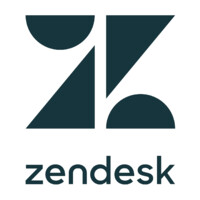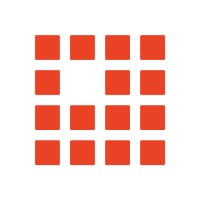Inventory And Order Management
Gain market share and customer base information about the top Inventory And Order Management tracked by 6sense. Check out our list of Inventory And Order Management Software, analyze them by marketshare, region, company size along with information about competitors, prospects, tech stacks, funding information, contract renewal dates and more.
Top 5 Inventory And Order Management technologies in 2023
Over 7,236 companies are using Inventory And Order Management tools. SAP Fieldglass Vendor Management System with 16.76% market share (1,213 customers), Oracle Retail with 16.31% market share (1,180 customers), IBM Sterling Order Management with 13.60% market share (984 customers),
-
-
16.76 %
1213
-
16.31 %
1180
-
13.60 %
984
-
10.46 %
757
-
7.86 %
569
-
35.01 %
2533
Inventory And Order Management Customers by Employee Size
The majority of Inventory And Order Management category falls in the company size of 10,000+ employees (1,838 companies), 1,000 - 4,999 employees (1,712 companies), 20 - 49 employees (1,376 companies).
Inventory And Order Management Customers by Geography
Companies using Inventory And Order Management technology software are majorly from the United States with 4,736 (62.64%), United Kingdom with 809 (10.70%), India with 607 (8.03%) customers respectively.
Sign up for 6sense Revenue AI™ to get FREE verified B2B contact data.

Inventory And Order Management Customers by Industry
Top industries that use Inventory And Order Management for Technology (2,849), Retail and CPG (1,957), Professional Services (1,699).
FAQ
Find answers to the most often asked questions by users.
Who are the top Inventory And Order Management software market leaders?
Top leaders in the category for Inventory And Order Management software are SAP Fieldglass Vendor Management System, Oracle Retail, IBM Sterling Order Management. Here, you can view a full list of Inventory And Order Management tools in the market.
How many companies use Inventory And Order Management software these days?
Around the world in 2023, over 9,718 companies are currently using one or more Inventory And Order Management software. Out of these, there are 4,736 companies using Inventory And Order Management tools that are originally from the United States .
Which company has the most significant market share in the Inventory And Order Management software space?
The top few companies that have the most significant market share in the Inventory And Order Management space are SAP Fieldglass Vendor Management System with 16.76 % of market share, and Oracle Retail with 16.31 % of market share and IBM Sterling Order Management with 13.60 % of market share . Check for other Inventory And Order Management technologies market share here.
What are the top industries that usually use Inventory And Order Management softwares?
The top industries that use Inventory And Order Management software are Technology (2,849) , Retail and CPG (1,957) , Professional Services (1,699) .
Choose Technologies to Compare
 6SENSE CHROME EXTENSION
6SENSE CHROME EXTENSION
Save time researching your prospects
Get FREE, verified contact data, including emails from any website or right from Linkedin. Find decision-makers faster and customize your outreach.












